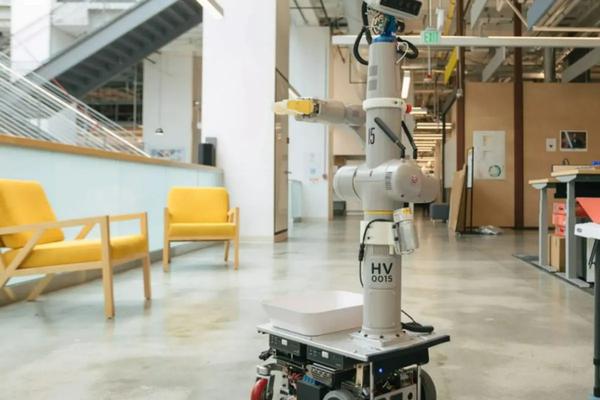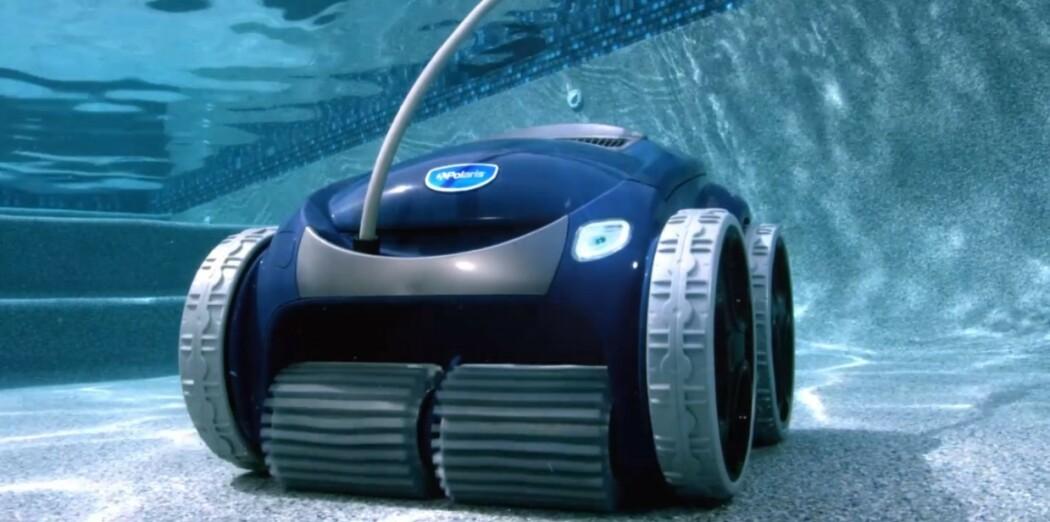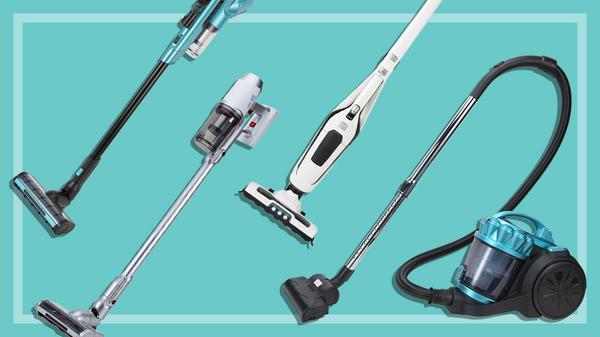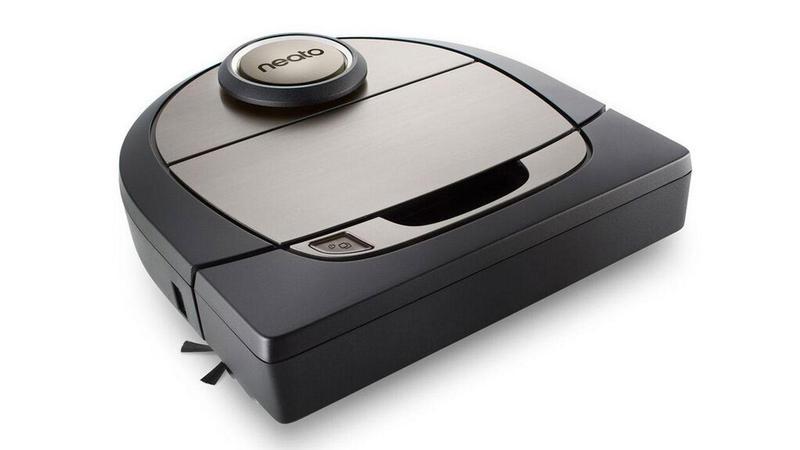Labrador’s Retriever personal robot can make life easier for people with mobility issues or chronic pain
The phrase “household robot” conjures images of low-slung appliances scurrying across the flow as they vacuum or mop your floors. The team at Labrador Systems has designed plenty of those, but its new Retriever is designed for a higher purpose: To make it easier for people with mobility issues or chronic pain to remain in their homes.
The robot is designed to function as an extra pair of hands, doing everything from moving heavy loads (up to 25 pounds) from one place to another, to bringing items within reach, or even delivering a snack tray from the kitchen to any other room in the house (provided it’s on the same floor as the kitchen, that is). Labrador is demonstrating the device in its booth at CES, but it has also posted a video demonstration at its website. Labrador Systems CEO Mike Dooley showed us the robot in action during a pre-CES video briefing, and we came away impressed with its capabilities.
The Retriever resembles a robot vacuum with a small janitor’s cart built on top. Look closer and you’ll see an accordion-like bellows; this covers a scissor jack that enables the robot to rise to countertop height, so it can retrieve or deliver a tray carrying up to 10 pounds of meals, drinks, fresh fruit, and anything else that will fit. The company even plans to offer a specially modified mini-fridge that will automatically open when the robot approaches.
A pair of arms hidden inside the top shelf slide out to retrieve the tray, and will then push it onto a table or countertop when it reaches its destination. As a safety precaution, these arms are stored inside the robot when not in use. As an additional safety precaution, any weight change occurring while the robot is changing height will stop its movement. A lower shelf can carry additional items, such as water bottles, tissues, books, or what have you. The Retriever will come with a removable tablet stand as well as a USB port for charging mobile devices.
The self-driving robot uses a proprietary navigation system based on a combination of augmented-reality algorithms and a 3D map that it will construct of your home. The map will include “bus stops” for doors, appliances, and similar items, enabling the robot to navigate very tight spaces without bumping into things. Onboard cameras provide the robot with a 360-degree view for object avoidance, and these are augmented by bumpers and contact sensors. The robot can’t climb stairs, but it can manage any ADA-compliant transition. During our demo, Dooley said users should tape down loose rugs, but “if you’re using a walker, you should do that anyway.”

Users can control the Retriever with a touch screen, a mobile app, Alexa voice commands (Amazon’s Alexa Fund is an investor, as is iRobot Ventures), or by pressing a button. The robot can also operate on a preset schedule to automatically deliver items at specific times and locations, to remind a person that it’s time to eat or take their medication, for instance. Dooley said the Retriever is designed to operate for a full day on battery power, automatically returning to its docking station to recharge, a process that requires 2 to 3 hours.
When asked why the Retriever looked so utilitarian, Dooley said it was intentionally not anthropomorphized. “If your dishwasher needs a face,” he said, “it’s probably not a good dishwasher.”
The Retriever, along with a base model called the Labrador Caddie, will be sold on a subscription basis. The company is offering special pricing for early adopters who put down a refundable $250 deposit to reserve a unit: A monthly fee of $99 to $149 per month for 36 months, plus an upfront payment of $1,500. The company is also working with care providers in senior living, physical therapy, and home health to explore ways the Retriever can support their mission. Organizations interested in learning more about the Retriever and applications in their field can learn more at www.labradorsystems.com/care-providers.
Note: When you purchase something after clicking links in our articles, we may earn a small commission. Read ouraffiliate link policyfor more details.
Author: Michael Brown, Executive Editor
Michael is TechHive's lead editor. He built his own smart home in 2007 and used it as a real-world test lab when reviewing new products. Following a relocation, he is in the process of converting his new home, an 1890 bungalow, into a modern smart home.



